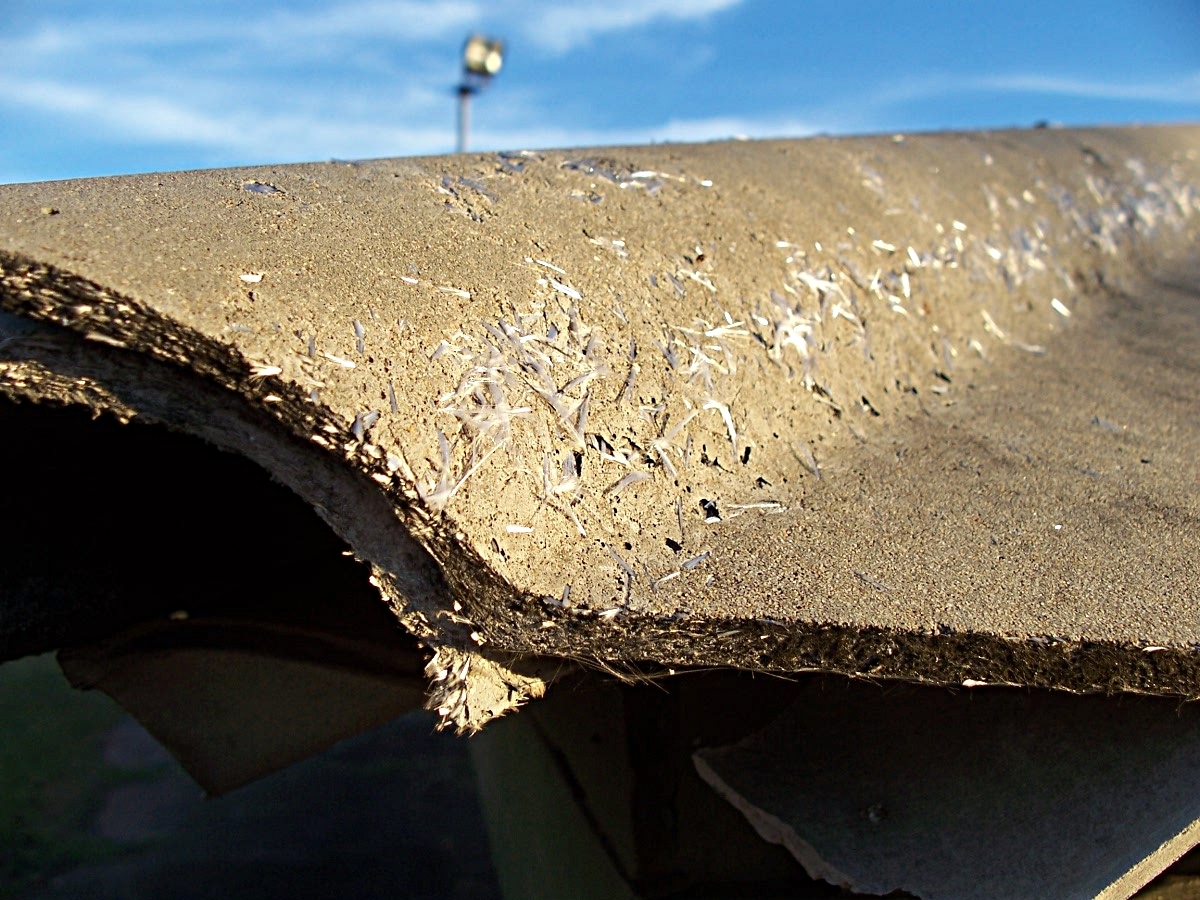In each of our nostrils, two types of nerves play an essential role in our health. The olfactory and trigeminal nerves capture odors and send information to the brain, more specifically to the olfactory bulb, for interpretation. In turn, this communicates with the cortex, responsible for the conscious perception of odors, but also with the limbic system, which controls mood and unconscious emotions. This is the body’s defense against bad smells or irritating or strong odors, creating aversion to those that could harm us in some way.
But not all pollutants can be detected through this sophisticated system, and they have an intrinsic ability to positively or negatively influence our health. In fact, research has shown that air quality can be quite poor and even worrying in many indoor environments, where we spend about 90% of our lives. This is usually caused by inadequate ventilation of the space, external pollution, and biological contaminants; but mainly chemical contaminants from internal sources. That is, the building materials used in space. Therefore, there are some products that should be avoided whenever possible.

Talking about indoor air quality in buildings has never been a very popular topic, but it has gained more importance recently, appearing in certifications and in product declarations. The term “sick building syndrome” (SBS) was recognized by the World Health Organization (WHO) in 1982 and is used to describe situations in which building occupants experience acute health and comfort effects that appear to be linked to time spent in a building. Fatigue, headaches and dizziness are among the most common symptoms. When about 1/5 of the occupants complain of health problems associated with staying inside, the building is considered “sick”.
Pratisha Laska has a not very encouraging view of the matter: “Many building materials can contain chemicals of concern that can lead to short-term and long-term health impacts. Short-term impacts can include skin allergy, eye irritation, throat irritation and sneezing, while long-term impacts can include asthma, cancer, infertility, among many others.”

Materials release chemicals through volatilization (where the chemicals turn into gas and are released into the air); chemical degradation; abrasion (small particles are released); oxidation and leaching (dissolved in liquid and leached into soil and groundwater). A comprehensive study identified 55 chemicals used in construction that can cause health damage, but the main and most common are the following:
Asbestos

Made up of microscopic fibers, asbestos was used on several fronts in civil construction, such as roofing, water reservoirs, ceilings, thermal insulation, among many others. It was used on the roof of Mies van der Rohe’s Neue Nationalgaleire in Berlin, for example, replaced during the last renovation. Its use is prohibited in many countries since the fibers of the material, when ingested through breathing, can cause diseases such as Mesothelioma, Asbestosis, and several other types of cancer.
Volatile Organic Compounds (VOCs)
VOCs are emitted by a wide range of products, such as paints and varnishes, wall boards, tiles, furniture, and even cleaning products, glues and adhesives, among many others. They are substances that turn into gas when they come into contact with the atmosphere and their exposure can cause skin allergies, eye or airway irritation, headaches, and even shortness of breath and memory loss. These can usually be felt through the sense of smell. During long periods of exposure, volatile organic compounds can cause damage to the liver and central nervous system.
Chromated copper arsenate
A wood preservative based on chromium, copper and arsenic metals, it is used to impregnate wooden pieces, mainly through the autoclave technique. As this research points out, wood products treated with CCA have an adverse impact on the environment and human health, due to the leaching and accumulation of these metals, especially arsenic, from the wood to the environment. Affected tissues may include the brain, lungs, liver, stomach, spleen, kidneys, and reproductive organs. In the United States, for example, the use of this preservative in playgrounds and other objects that can come into contact with people is prohibited.
Lead
In construction, lead is often used for roofs, cornices, tank linings and electrical conduits. It was also used in some paints in old buildings. As this document from the University of Washington points out, lead is a cumulative and persistent toxic substance that poses a serious health risk. When inhaled or ingested in excessive amounts, lead can affect the nervous system, reproductive system, blood, kidneys and cause digestive problems, memory and concentration problems, muscle and joint pain.
Formaldehyde
Formaldehyde is a by-product of combustion and other natural processes. It can be found in many types of building materials, especially composite wood products and insulating materials. It is present, among other applications, in chipboard, plywood and MDF panels. Its inhalation can cause irritation of the lungs, eyes, skin, nose and mucous membranes, as well as dermatitis, asthma and rhinitis. In this article we discuss how it is possible to keep its levels lower inside buildings.
In addition to these, there are many other components present in construction materials that can pose risks to the health of the occupants and, mainly, of those who handle them during construction. Awareness of the potential risks of each of the materials is essential so that those responsible can define the replacement of hazardous parts and avoid the specification of toxic materials. In addition to local legislation preventing the dissemination of potentially powerful products, it is important to pay attention to materials with certifications such as HPDs (Health Product Declaration) and EPDs (Environmental Product Declaration) that will present detailed lists about the components of each one and will be able to guide in the choice of healthier products.
Source: ArchDaily


 Ελληνικά
Ελληνικά



